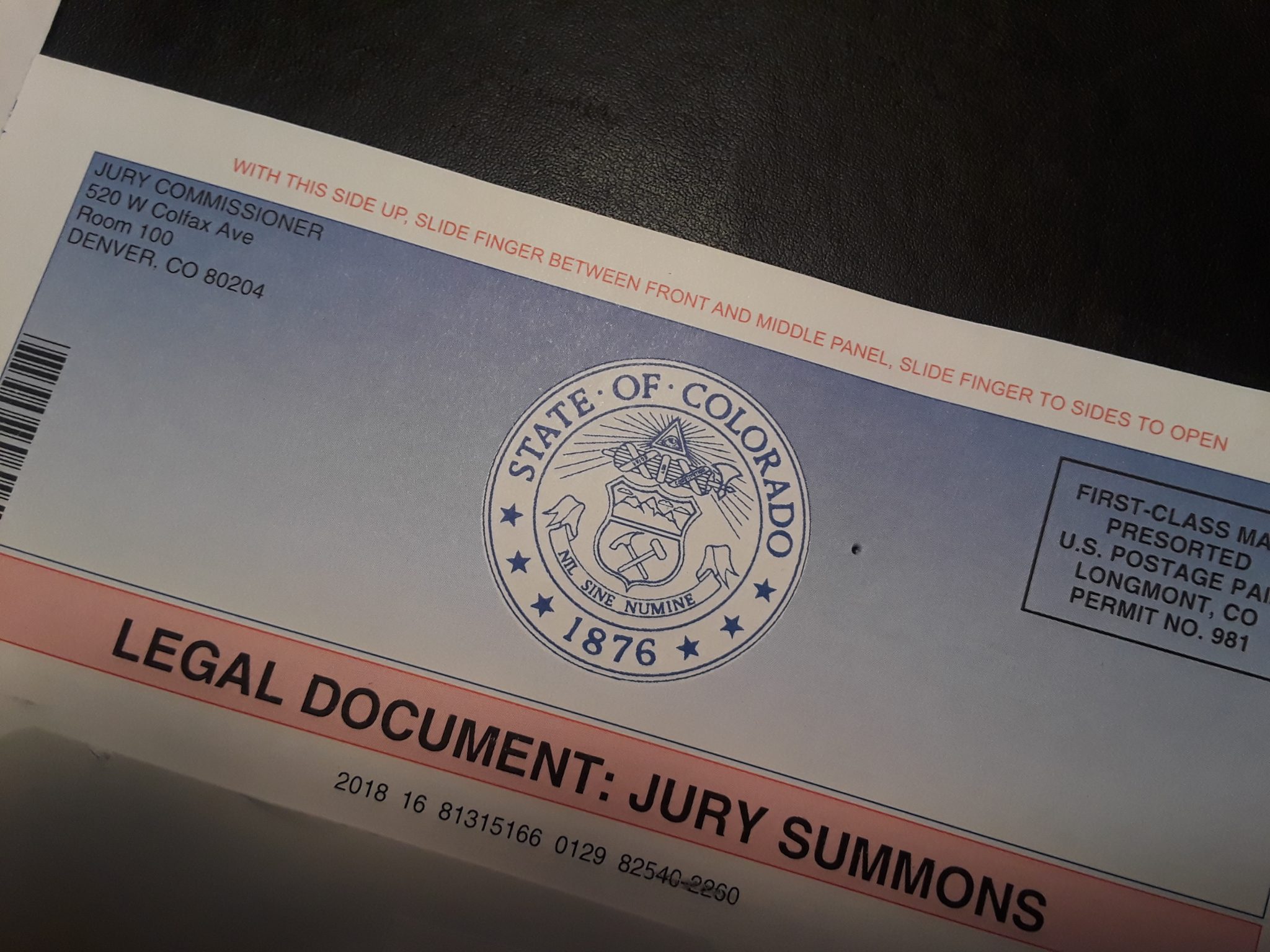Blog: Volunteer Orientations: Is the Jury Still Out?

As I am being called back next week for my civic “volunteer” duty, I am reposting this from October 6, 2015 and I can’t wait to see if the orientation process has changed at all in the few years since my last experience!
I volunteered yesterday morning. Here’s how my day went:
8:05 I arrived at my volunteer site 25 minutes early and checked in, then found a seat.
8:35 The person in charge welcomed me along with the other 140 or so volunteers. She then showed us an orientation video, which was informative, helpful, inspiring, and answered every question I had.
8:50 Following the video, we were asked to wait until we were given our assignment.
9:30 A few dozen volunteers were called up to the front and received an assignment while the rest of us were encouraged to take a short break before reconvening.
10:45 The person in charge thanked us again for coming and told us that we wouldn’t really be needed after all and we were free to go.
10:50 I left feeling like I had done my job and wasn’t at all upset that I had sat there for nearly three hours without receiving a volunteer assignment.
Believe it or not, this post is not a seething rant about wasting volunteers’ time or the perils of over-recruiting volunteers. Why not? Likely, you may have already figured out that I was volunteering for one of the oldest and most revered opportunities in American society: Jury duty. True, I didn’t sign up for jury duty of my own volition; I received a jury summons. By some standards, that means I wasn’t technically volunteering. But, that’s a blog post for another day. The focus of this post is about the orientation video. After watching the video, I had some time to ponder what a great a video it was and which elements made that orientation video so successful (about two hours to ponder, in fact!).
In less than 15 minutes, this video, narrated by a trusted and familiar personality (a now retired local news anchor), featured testimonials by real jurors and judges and well-done reenactments of the jury process. By interspersing the narrator, the personal narratives, and the courtroom and deliberation scenes, the video achieved a great deal. With each message, it checked off another important element of successful orientations. The video:
- Thanked me for my service, while also honestly acknowledging that being called for jury duty is an inconvenience.
- Sincere appreciation? Check.
- Empathy? Check.
- Provided context for my service by explaining how the jury system is a cornerstone of our democracy.
- Inspiration? Check.
- Tie to mission? Check.
- Educated me on what I should expect and what would be expected of me by explaining the different kinds of juries and how the selection process works, while also introducing all the various players (i.e., attorneys, court recorders, judge, bailiff, etc.).
- Setting expectations? Check.
- Provided important logistical details including information on whom to go to with questions.
- Alleviating concerns? Check.
- Thanked me again for my service by closing with a brief talk by four county judges representing different courts who explained that jurors are, in fact, the most important people involved in the court system.
- Clear purpose? Check.
What type of orientation system is in place for your new volunteers? Whether it is a video, a presentation, a tour, or an informal meeting, every volunteer should receive an orientation that includes these elements:
- Inspiration
- Explanation
- Preparation
- Acknowledgment
How would your orientation measure up against this checklist? If the jury is still out… you might want to reevaluate and revise your orientation to ensure your volunteers are ready to serve effectively and meaningfully.
